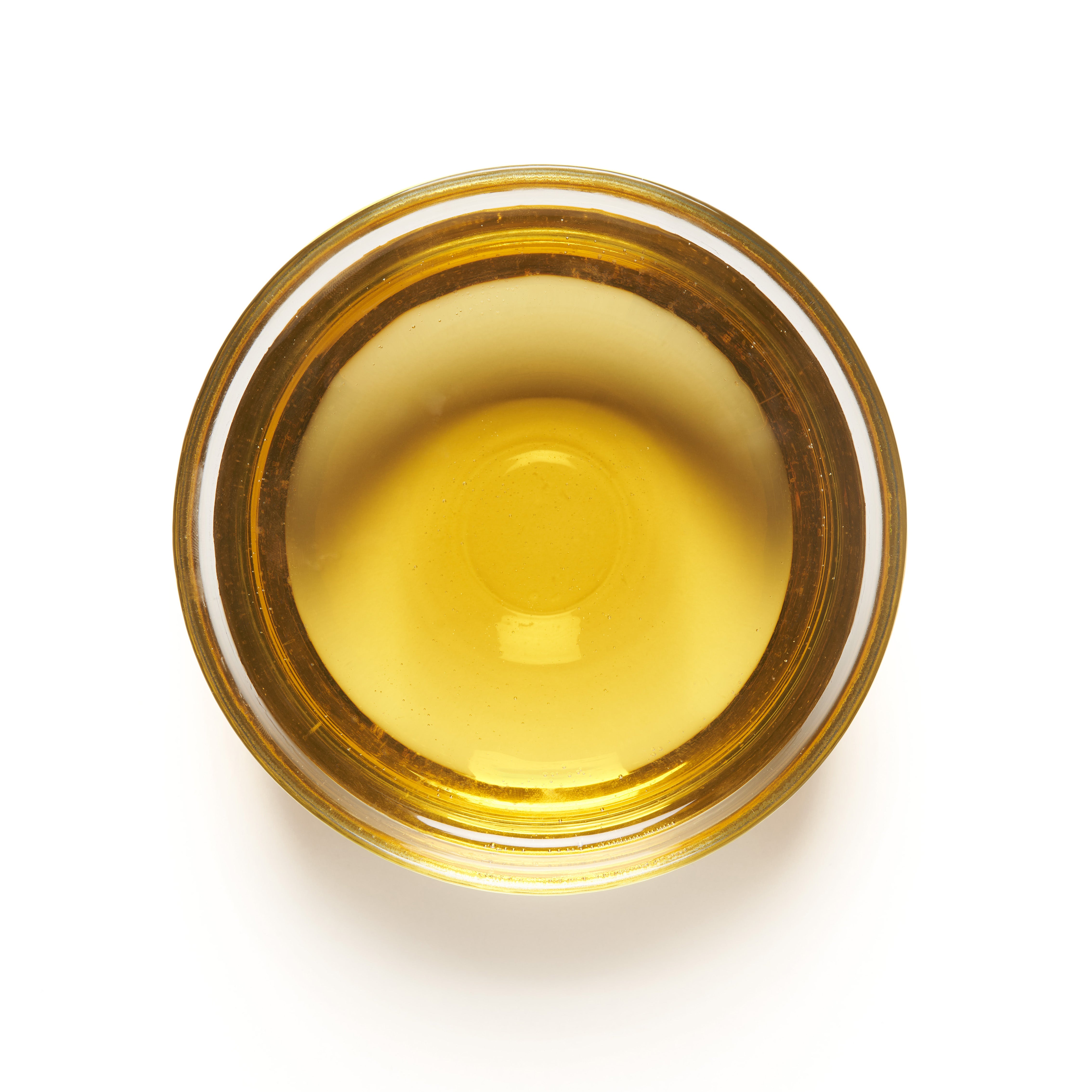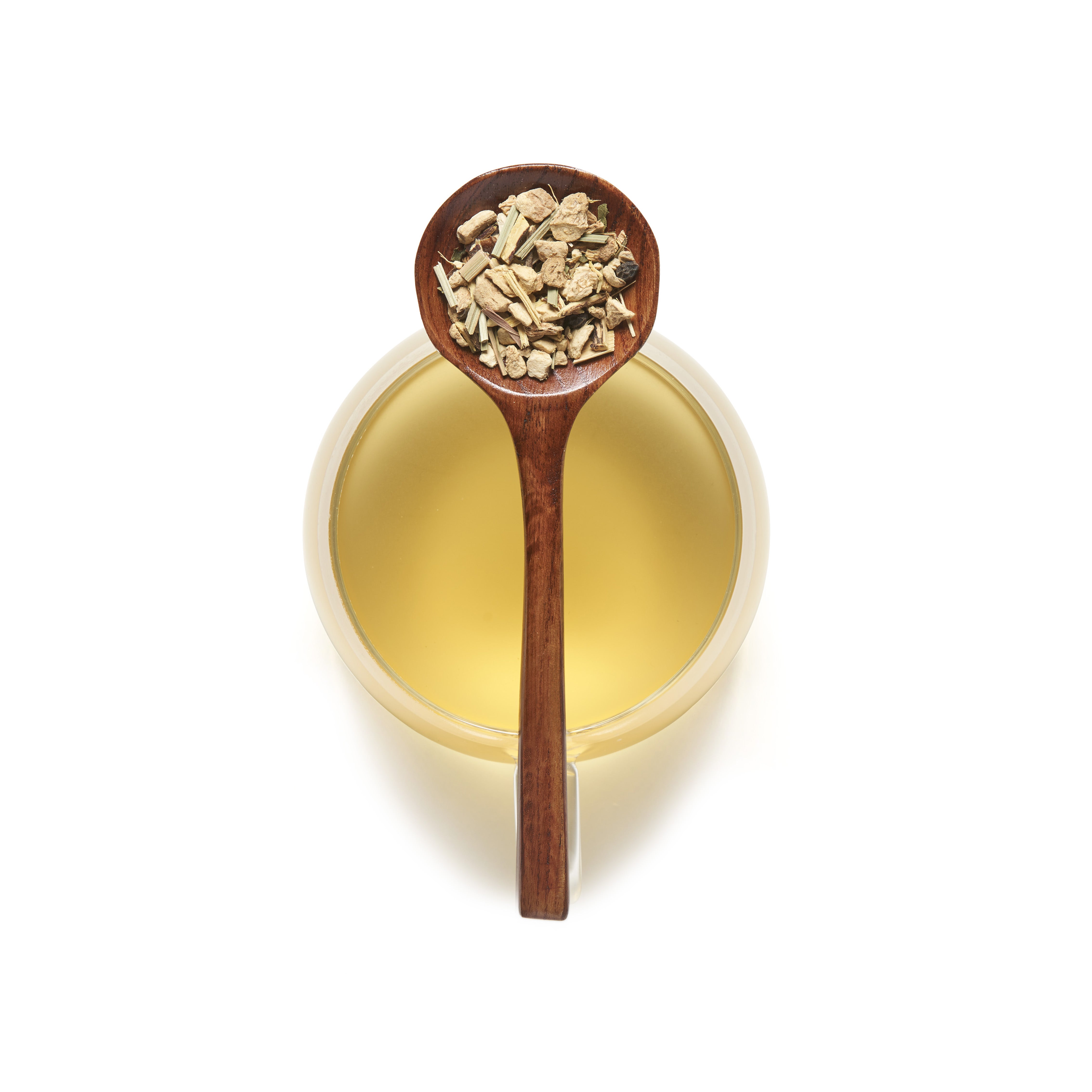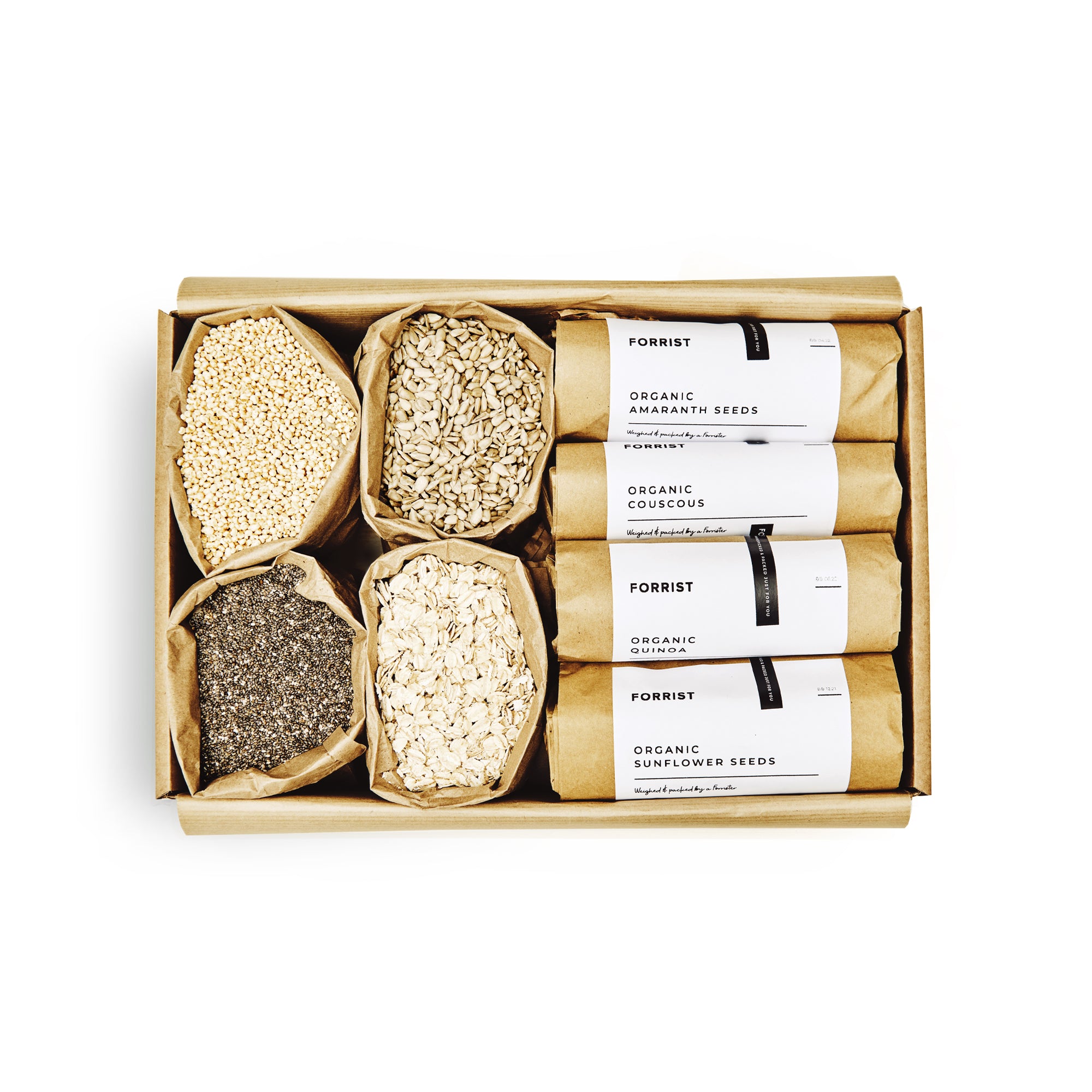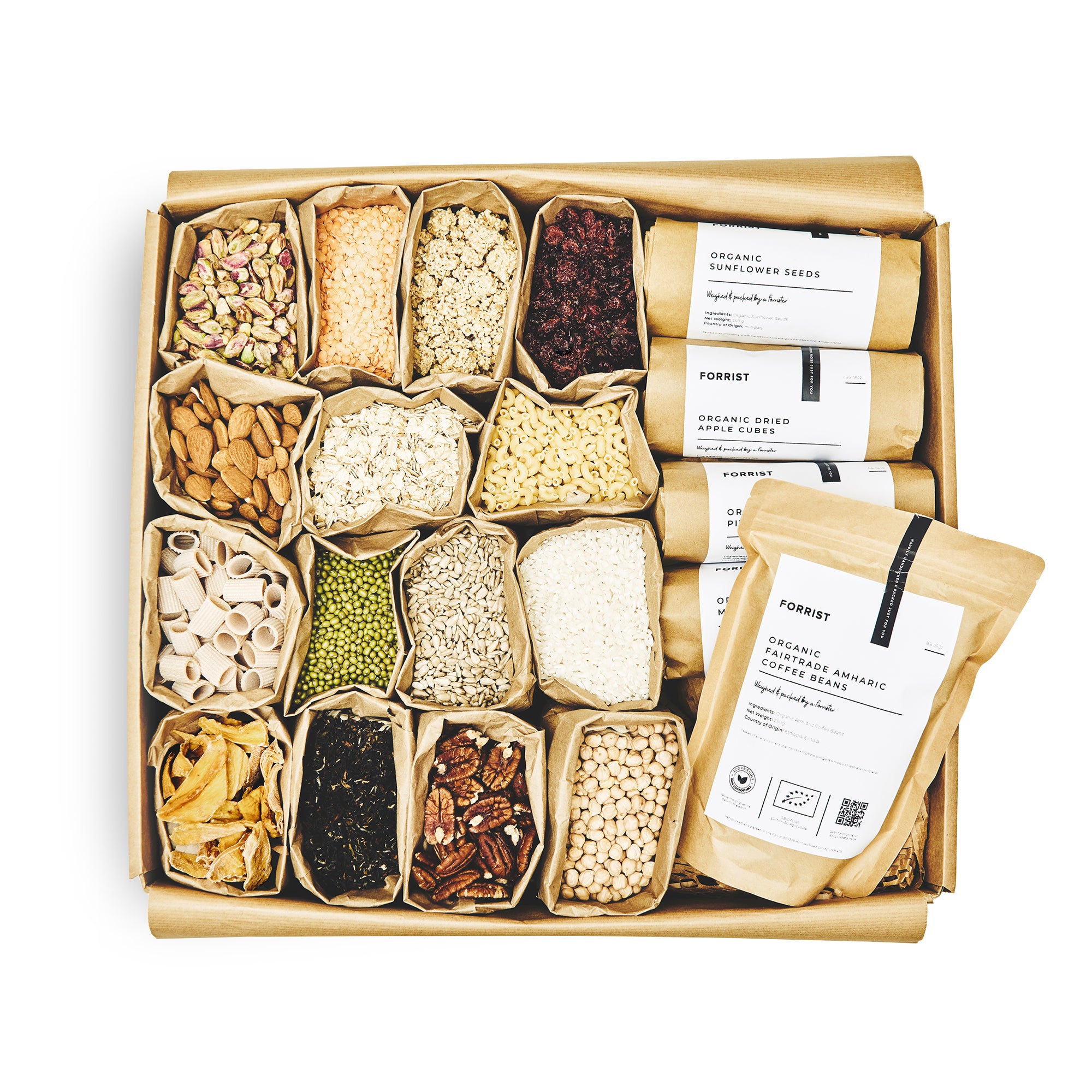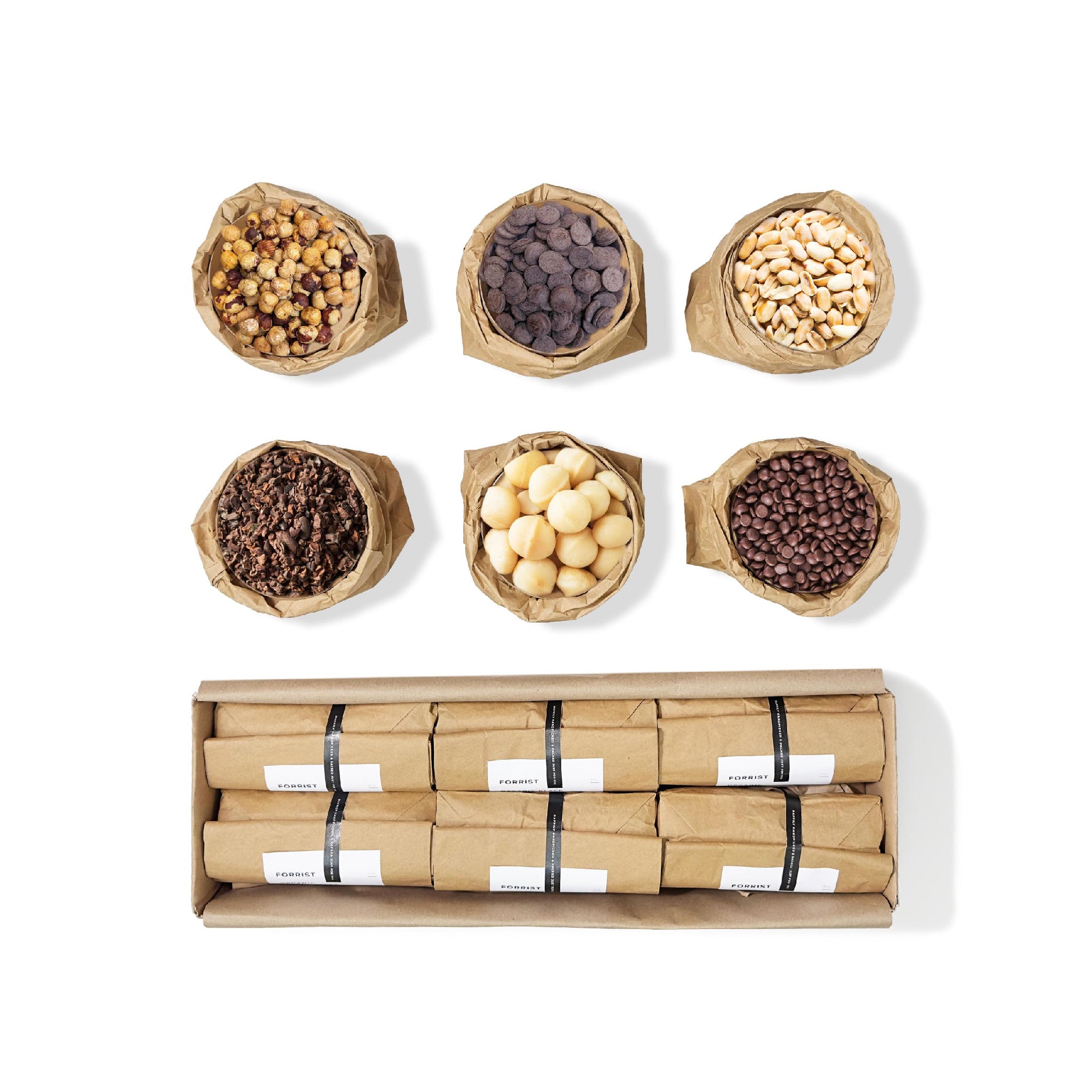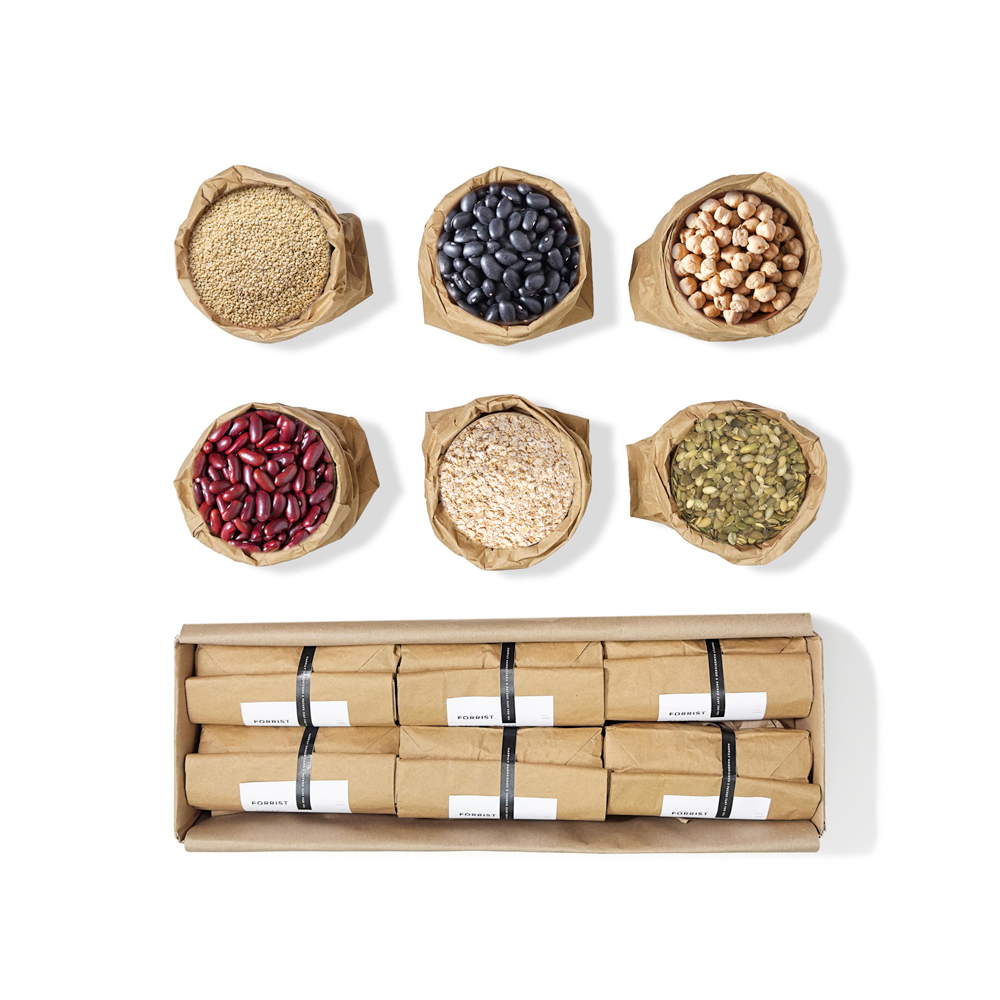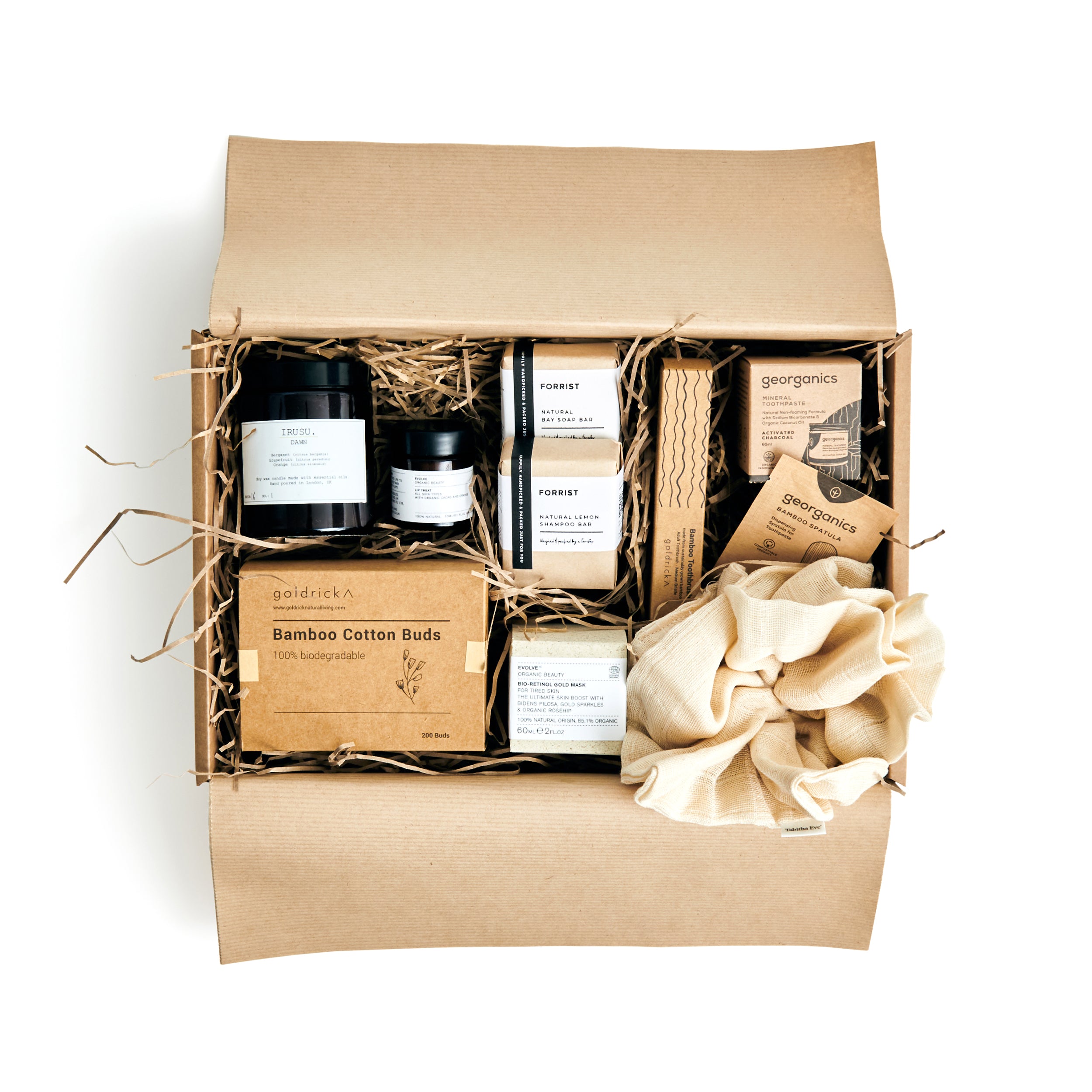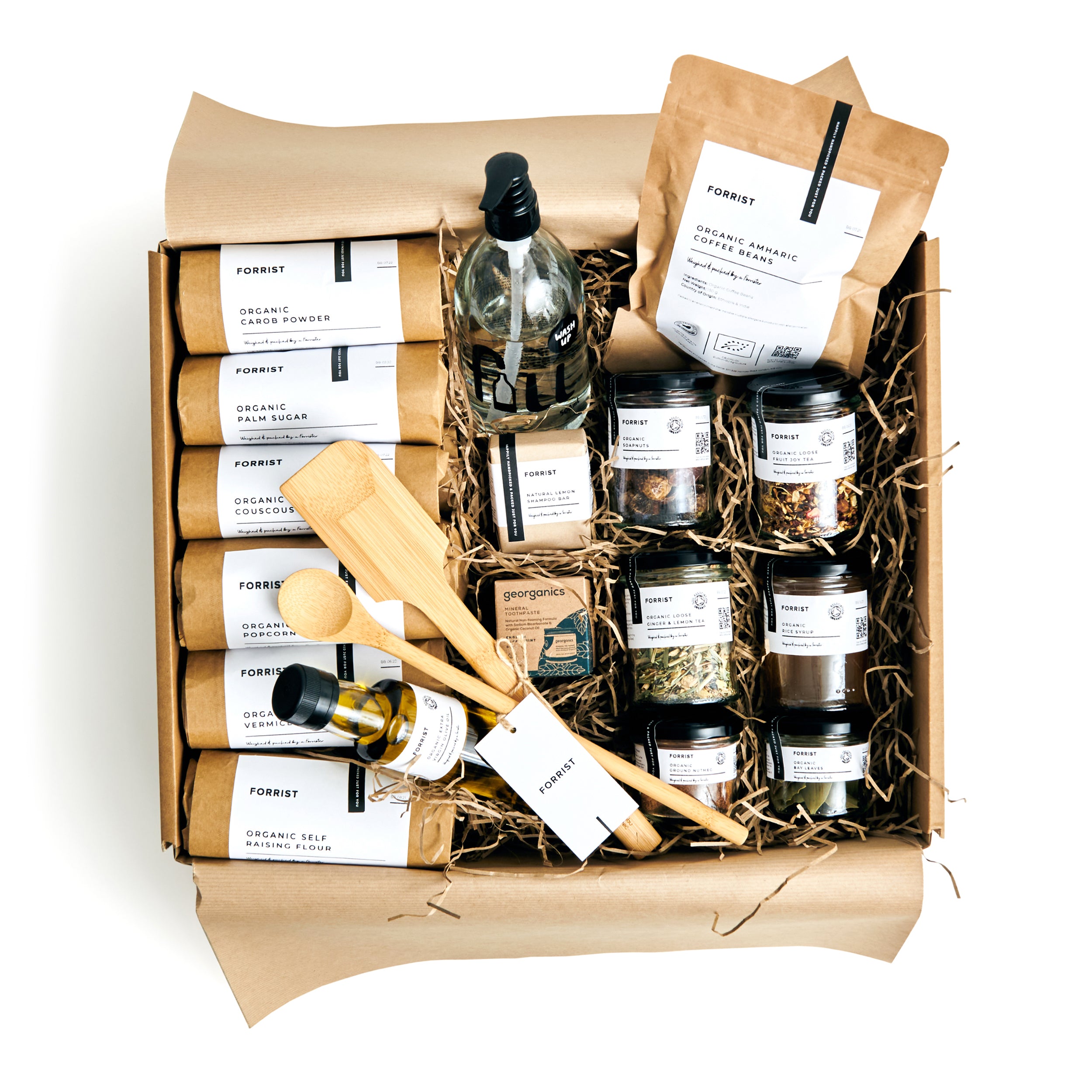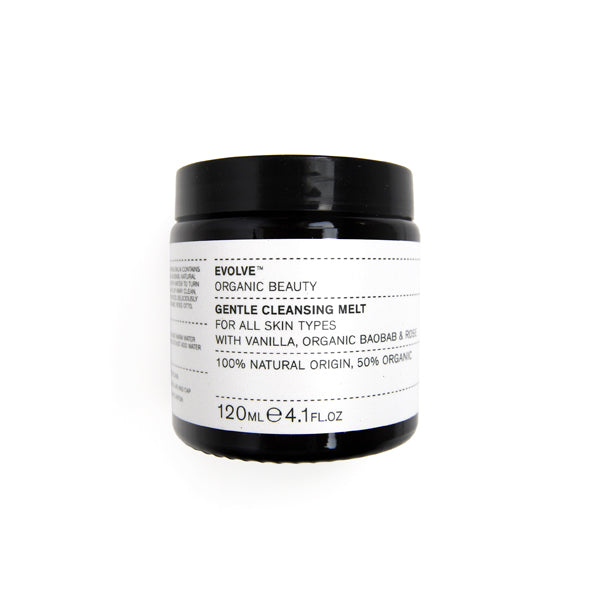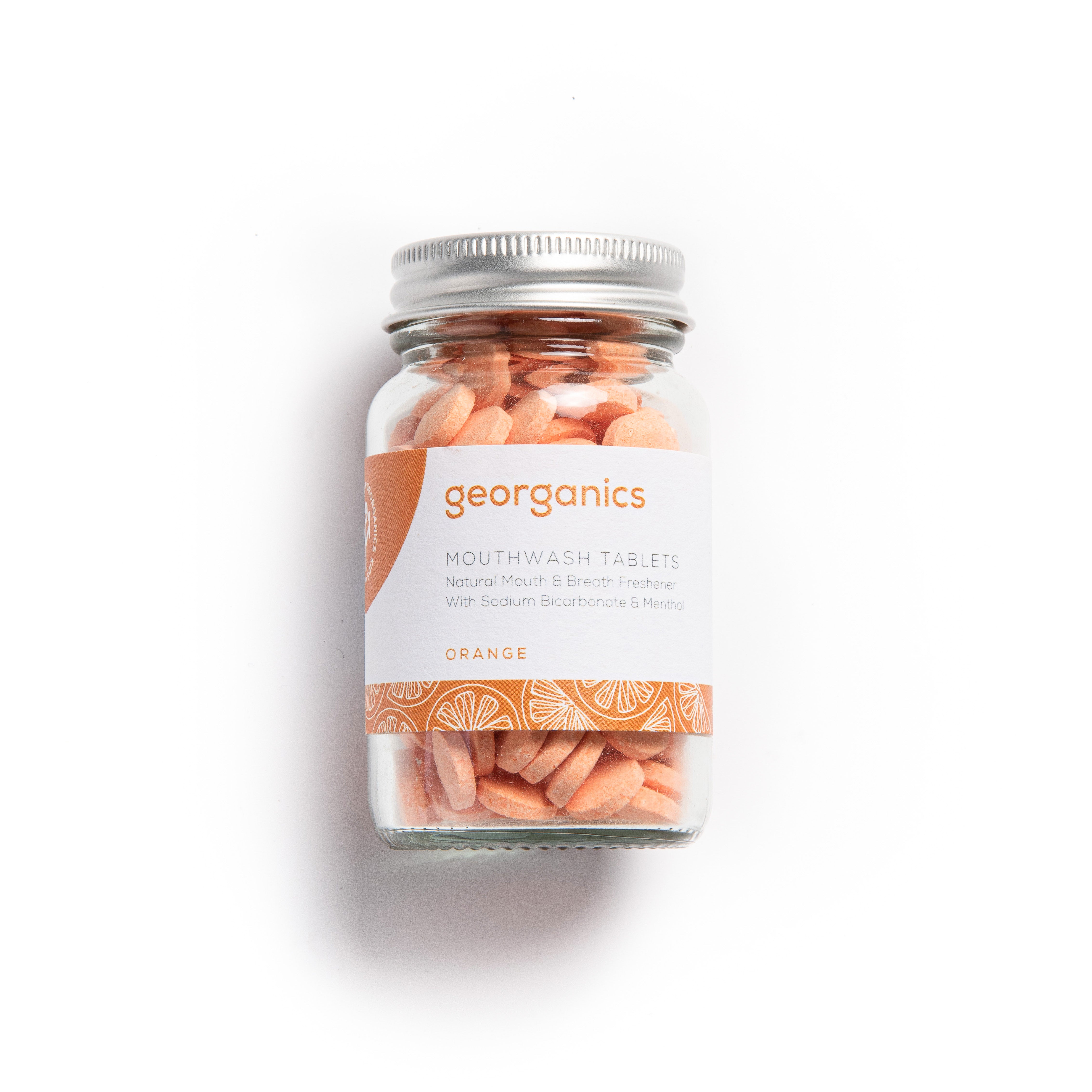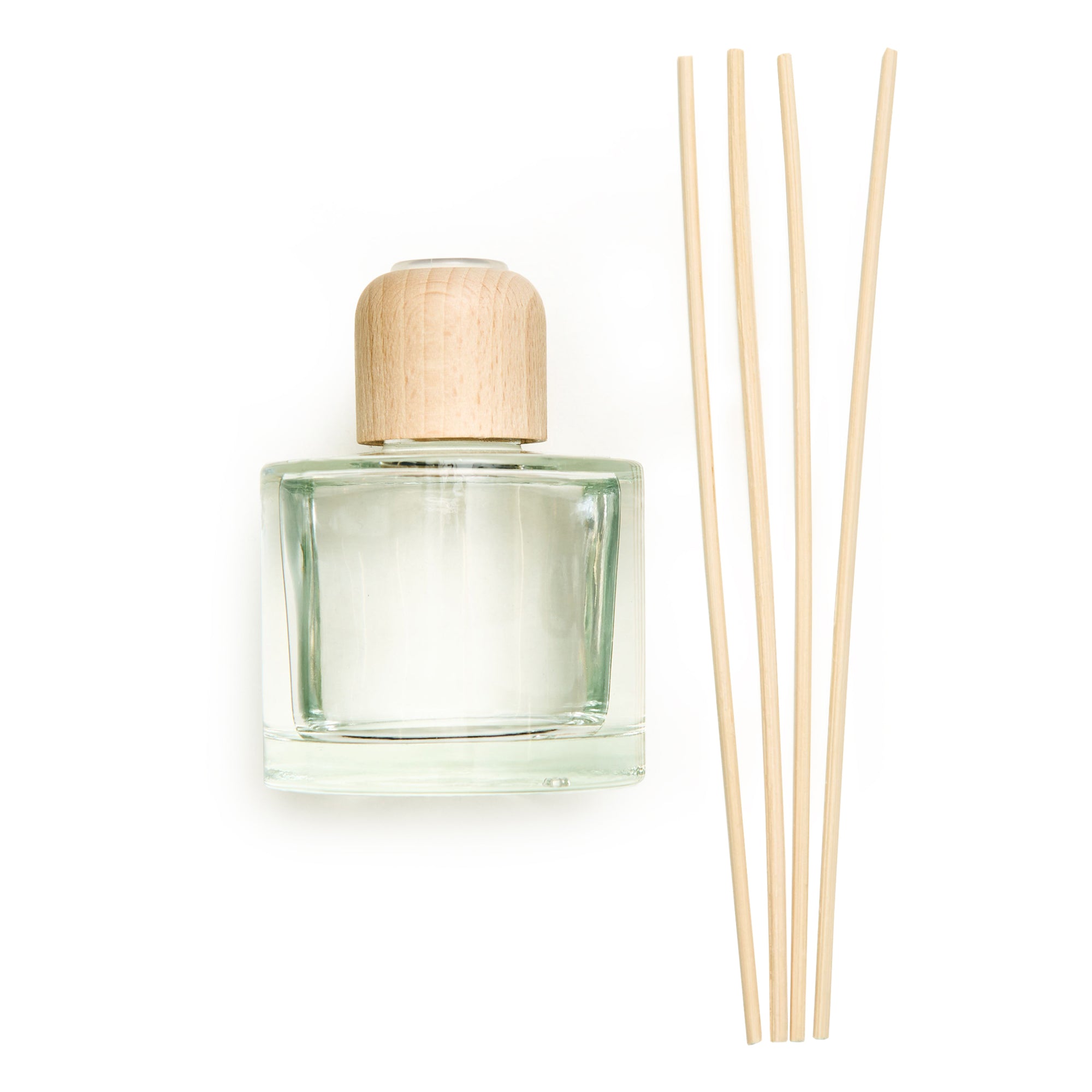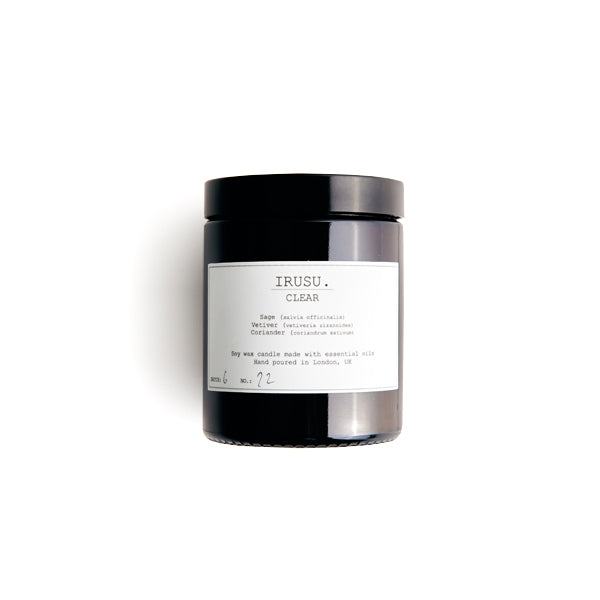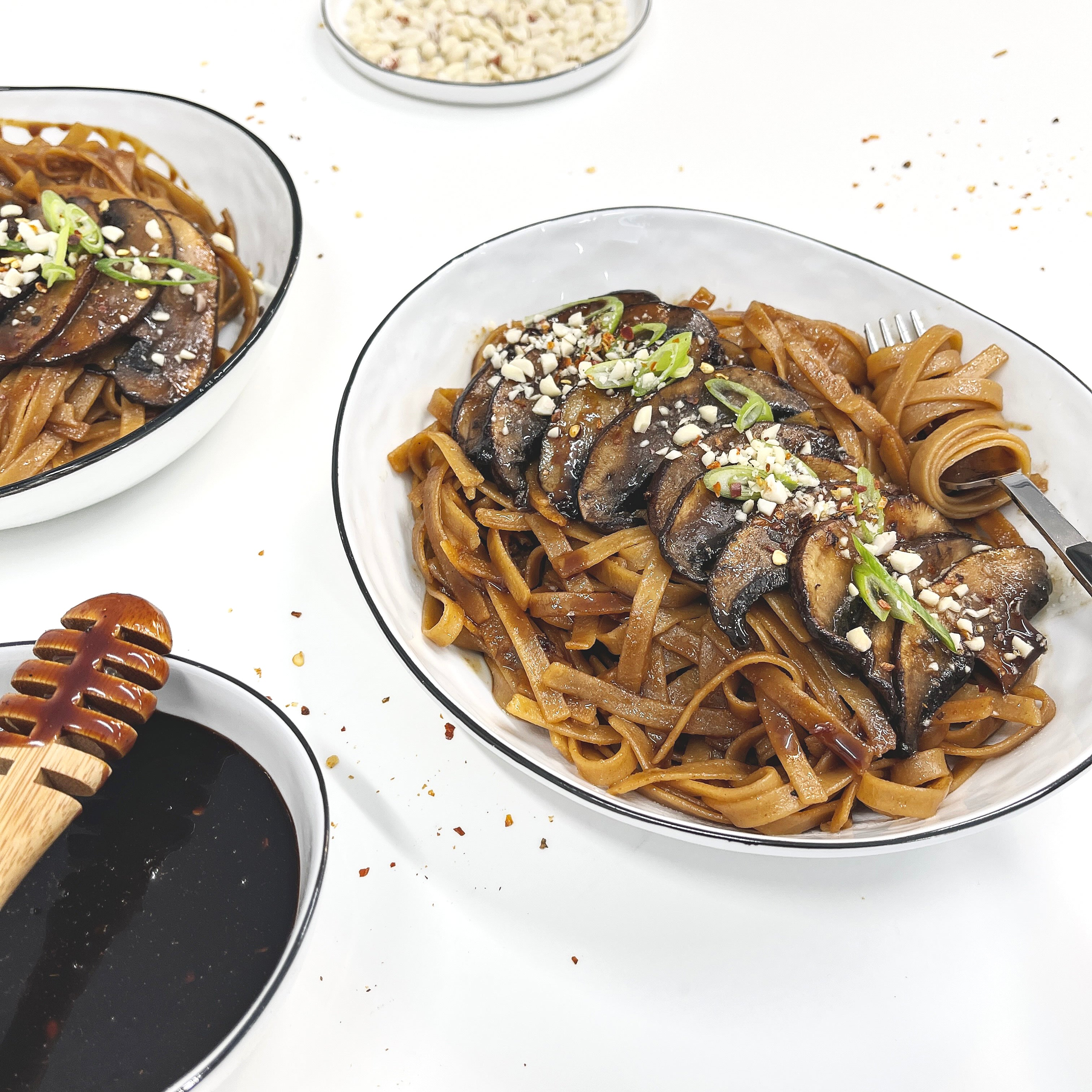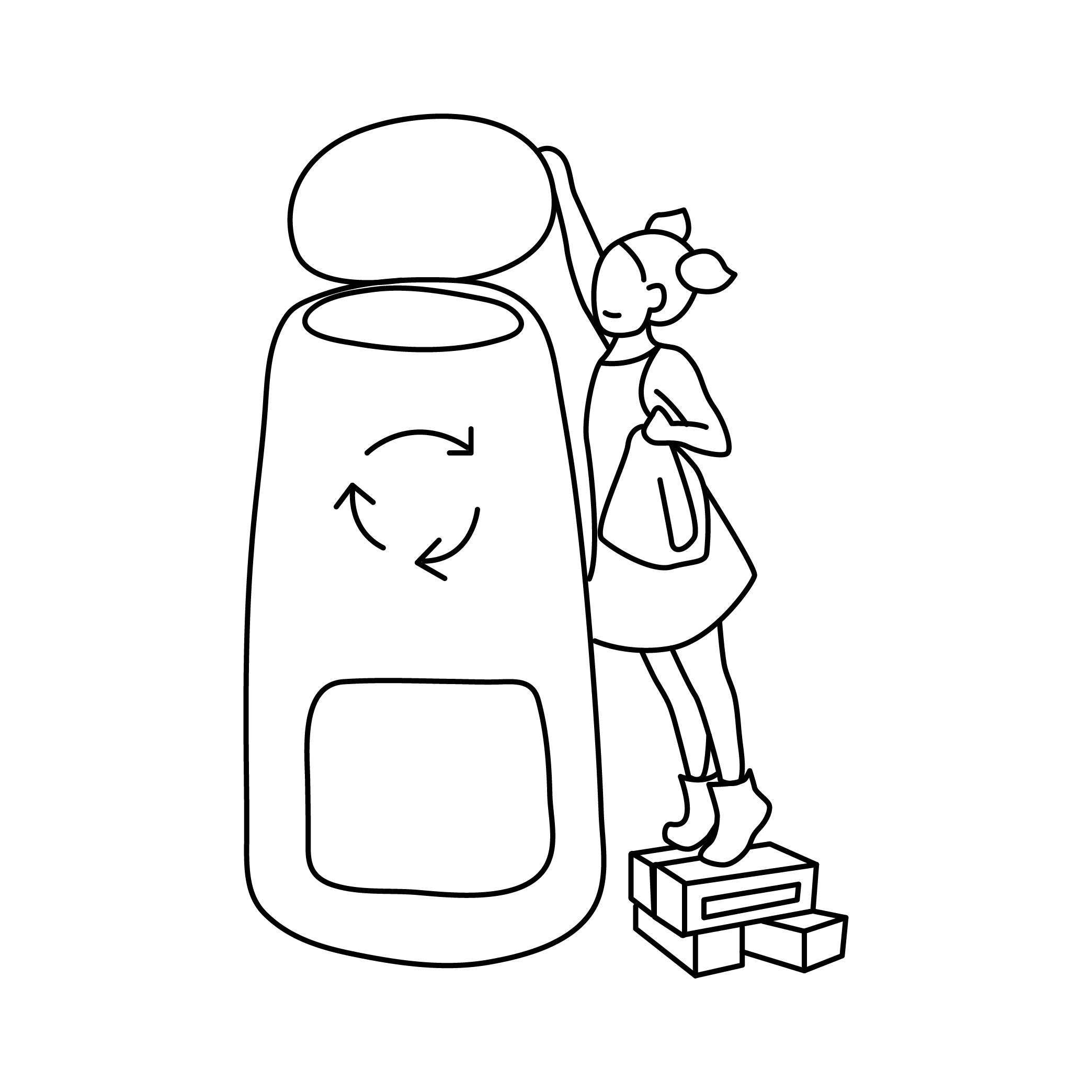
Composting
Six Secrets to Successful Home Composting
Imagine if every leaf that fell from your trees and every dead plant or rotting vegetable stayed where they fell and didn't break down. We'd be in a bit of a mess by now wouldn't we? Living on mountains of rotting vegetation!
Fortunately, the natural process of decomposition happens all the time. In spring, plants grow abundantly and in autumn most die back. Leaves fall off the trees and eventually they decompose. Everything that lives eventually dies and falls into the soil to be recycled into new life. We don't need to control it, it happens automatically. Given enough time, all biodegradable material will decompose and produce compost.
When you compost at home, you help speed up or fast track the natural decomposition process by adding favourable conditions such as moisture, warmth and air. Nature is wonderful, but can take a long time to decompose things. In a home composting system, you can help increase the decomposition rate.
But it’s not just plants and trees that can be composted. Did you know that a percentage of the items in your rubbish bin are compostable?
Items you might normally throw away, such as vegetable peelings, eggshells, cardboard and even the hair from your hair brush can all be composted – helping you divert more items from landfill.
By setting up a dedicated space in your garden, you’ll soon be on your way to producing compost that will save you money and reduce plastic packaging. It’s also a good way to educate yourself about nature and get a dose of fresh air every day.
Making compost at home is straight forward if you follow these six simple rules:
Dedicate your space
Find a space in your garden where you can make compost. The best place is out of direct sunlight. One of the easiest and cheapest ways to make a compost bin is to tie together 4 wooden pallets in a square. You should be able to pick these up for free on a sharing site such as Freecycle
Add ingredients
Begin by layering ‘green’ ingredients and ‘brown’ ingredients. Aim for a 50/50 mix by volume. Green ingredients include grass clippings and fruit and vegetable peelings. Brown ingredients include shredded paper or cardboard, sawdust and straw or hay from vegetarian pets.
Keep it moist
The texture of healthy compost is like a squeezed out sponge. If it becomes too wet, add more cardboard or ‘brown’ ingredients. If it’s too dry, add fresh grass clippings, or give it some water.
Mix
To stop your compost ending up like a slimy mess it needs oxygen so that it can generate heat. Turn the compost every couple of weeks with a fork to aerate it and speed up the composting process. Turning it also discourages rats or other vermin.
Cover
Keep your compost warm with an old offcut of carpet, an unused tarpaulin or thick piece of plastic.
Repeat!
It is the same procedure every time you add new ingredients: add, water, mix, cover!
If you start your compost heap at the beginning of Spring, it could be ready to use the following year. You’ll know it’s ready when the individual ingredients are no longer identifiable. The mix will be dark brown with a soft, crumbly texture and rich, sweet aroma.
Composting saves money, improves your soil and reduces your impact on the environment. Composing at home for one year can save the equivalent CO2 you use to boil your kettle throughout the year. So it’s well worth doing for you and the environment!



